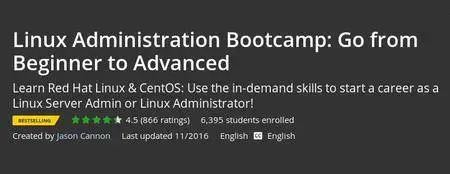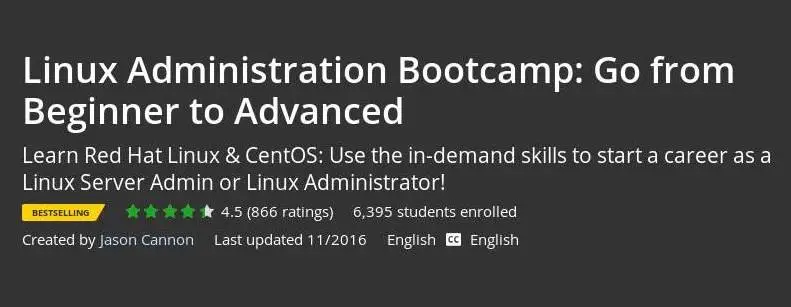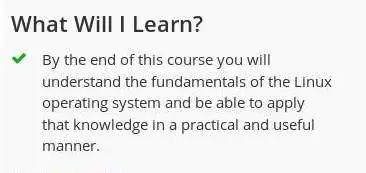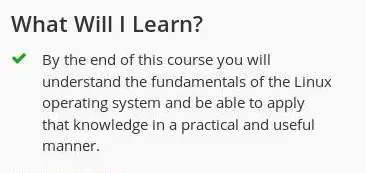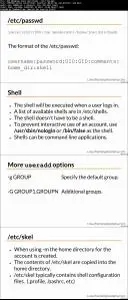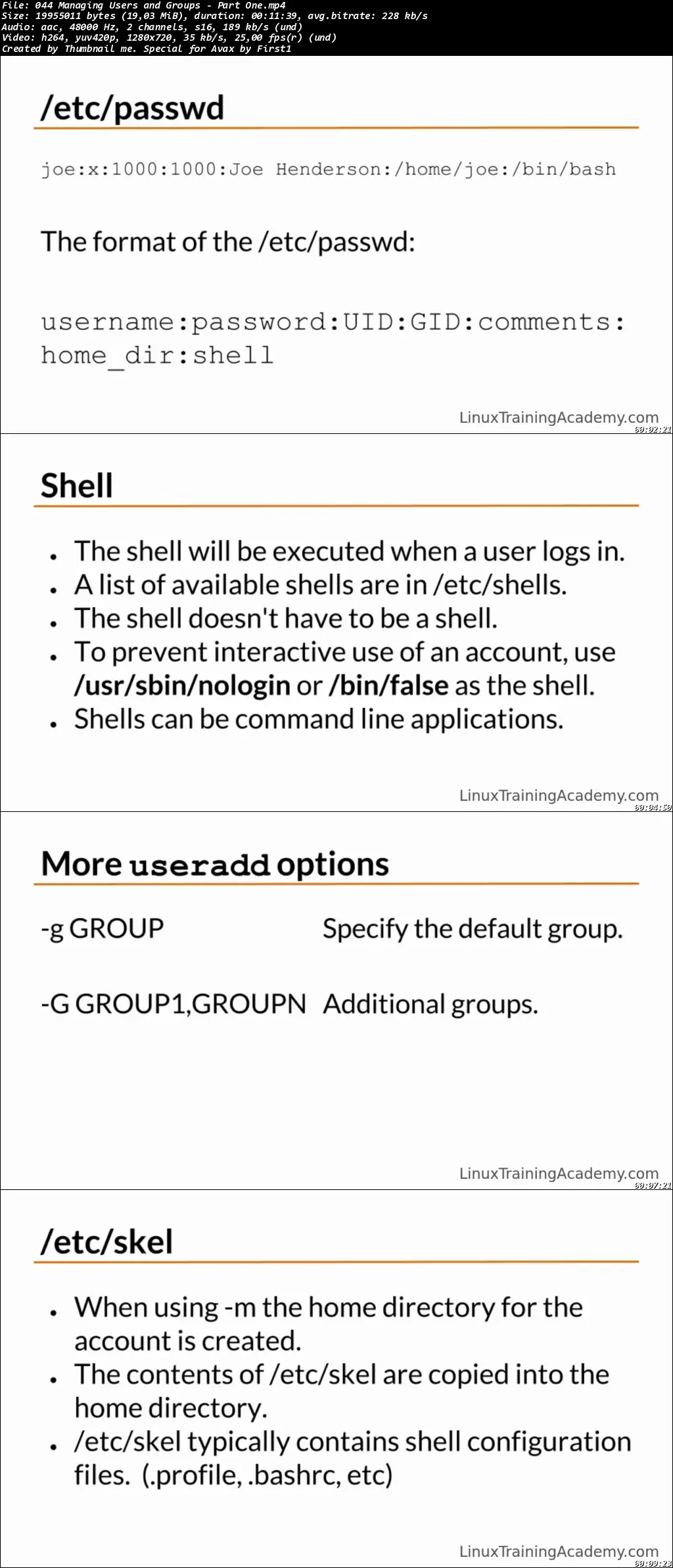Udemy - Linux Administration Bootcamp: Go from Beginner to Advanced
Size: 835.34 MB | Duration: 7.5 hours | Video: AVC (.mp4) 1280x720 25fps | Audio: AAC 48KHz 2ch
Genre: eLearning | Language: English | +Quizzes
Size: 835.34 MB | Duration: 7.5 hours | Video: AVC (.mp4) 1280x720 25fps | Audio: AAC 48KHz 2ch
Genre: eLearning | Language: English | +Quizzes
Learn Red Hat Linux & CentOS: Use the in-demand skills to start a career as a Linux Server Admin or Linux Administrator!
Requirements:
• A desire to learn.
Hello. My name is Jason Cannon and I'm the author of Linux for Beginners, the founder of the Linux Training Academy, and an instructor to thousands of satisfied students. I started my IT career in the late 1990's as a Unix and Linux Systems Engineer and I'll be sharing my real-world Linux experience with you throughout this course.
By the end of this course you will fully understand the most important and fundamental concepts of Linux server administration. More importantly, you will be able to put those concepts to use in practical real-world situations. You'll be able to configure, maintain, and support a variety of Linux systems. You can even use the skills you learned to become a Linux System Engineer or Linux System Administrator.
This Linux course doesn't make any assumptions about your background or knowledge of Linux. You need no prior knowledge to benefit from this course. You will be guided step by step using a logical and systematic approach. As new concepts, commands, or jargon are encountered they are explained in plain language, making it easy for anyone to understand.
• How to get access to a Linux server if you don't already.
• What a Linux distribution is and which one to choose.
• What software is needed to connect to Linux from Mac and Windows computers.
• What SSH is and how to use it.
• The file system layout of Linux systems and where to find programs, configurations, and documentation.
• The basic Linux commands you'll use most often.
• Creating, renaming, moving, and deleting directories.
• Listing, reading, creating, editing, copying, and deleting files.
• Exactly how permissions work and how to decipher the most cryptic Linux permissions with ease.
• How to use the nano, vi, and emacs editors.
• Two methods to search for files and directories.
• How to compare the contents of files.
• What pipes are, why they are useful, and how to use them.
• How to compress files to save space and make transferring data easy.
• How and why to redirect input and output from applications.
• How to customize your shell prompt.
• How to be efficient at the command line by using aliases, tab completion, and your shell history.
• How to schedule and automate jobs using cron.
• How to switch users and run processes as others.
• How to find and install software.
• How the the boot process works on Linux servers and what you can do to control it.
• The various types of messages generated by a Linux system, where they're stored, and how to automatically prevent them from filling up your disks.
• Disk management, partitioning, and file system creation.
• Managing Linux users and groups.
• Networking concepts that apply to system administration and specifically how to configure Linux network interfaces.
• How to configure sudo.
• Managing process and jobs.
• Linux shell scripting
• What a Linux distribution is and which one to choose.
• What software is needed to connect to Linux from Mac and Windows computers.
• What SSH is and how to use it.
• The file system layout of Linux systems and where to find programs, configurations, and documentation.
• The basic Linux commands you'll use most often.
• Creating, renaming, moving, and deleting directories.
• Listing, reading, creating, editing, copying, and deleting files.
• Exactly how permissions work and how to decipher the most cryptic Linux permissions with ease.
• How to use the nano, vi, and emacs editors.
• Two methods to search for files and directories.
• How to compare the contents of files.
• What pipes are, why they are useful, and how to use them.
• How to compress files to save space and make transferring data easy.
• How and why to redirect input and output from applications.
• How to customize your shell prompt.
• How to be efficient at the command line by using aliases, tab completion, and your shell history.
• How to schedule and automate jobs using cron.
• How to switch users and run processes as others.
• How to find and install software.
• How the the boot process works on Linux servers and what you can do to control it.
• The various types of messages generated by a Linux system, where they're stored, and how to automatically prevent them from filling up your disks.
• Disk management, partitioning, and file system creation.
• Managing Linux users and groups.
• Networking concepts that apply to system administration and specifically how to configure Linux network interfaces.
• How to configure sudo.
• Managing process and jobs.
• Linux shell scripting
Enjoy My Blog | Subscribe My RSS Channel


